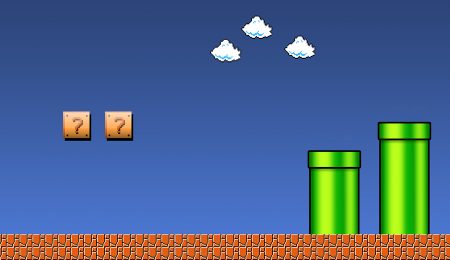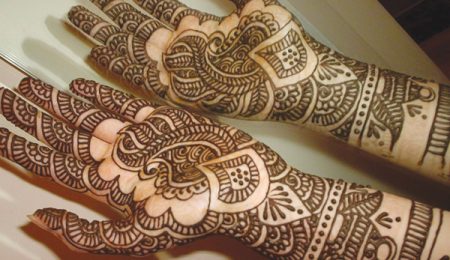Event analyzed intersections of art and international activism
Last week, the International Development and Globalization Student Association (AEDSA) at the University of Ottawa celebrated Canada’s International Development Week, and found a way to incorporate art into their education. Initially launched by the Department of Global Affairs, the initiative seeks to draw attention to Canadian contributions to peacekeeping and humanitarian missions abroad.
As part of a series of events leading up to their Feb. 9-10 weekend conference, the association hosted an art performance, seeking to explore the connection between art and international advocacy. The event explored a diverse range of issues including racism, socio-economic subjugation, populism, slacktivism, and language rights through an equally diverse spread of mediums, from videography to poetry.
While many of the week’s events focus on the technical aspects of international development, the Art for Development night instead sought to put development into a broader frame of social justice and the human experience.
“We are exploring the ways people can use art for advocacy and development, but also for other social causes. So, we have people discussing mental health, people using poetry to express their own advocacy,” said Nicole Johnston, a third-year international development student and vice-president of academic affairs for the association, who is spearheading the International Development Week events on campus. “It’s a bit more alternative and not as directly related (to international development) which is something we haven’t really done before.”
All the pieces on display brought a different lens to social justice and international development. A short documentary looked at a student’s role in bringing art and music to Far North communities, while other pieces were much more avant-garde.
Of particular note was a video that explained the double-edged sword of social awareness. Using a unique animation style resembling a watercolour painting, the artist criticised the complacency of online awareness campaigns while acknowledging the utility of public awareness in advocacy.
Victor Pelletier, a second-year anthropology student at the U of O, performed a series of French-language spoken word pieces, focusing on his experiences with the relationship between one’s physical environment and overall mental health.
“I try to talk about talk about all of these elements, to combine them in my poetry. One of the pieces I created called “K.C.U.F” was originally for a class in CEGEP, and in it, I wanted to talk about mental health, the environment and society,” said Pelletier. “Poetry and the spoken word can do a lot to explain things that are not really possible in other ways.”
Understanding where different social issues intersect is imperative to come up with practical and comprehensive solutions for tackling social inequality. AEDSA’s Art for Development Night invited participants to shed traditional understandings of advocacy and international development in pursuit of a different and expanded meaning. The success of the night has inspired organizers, who hope to host similar art-centric events in the future.




